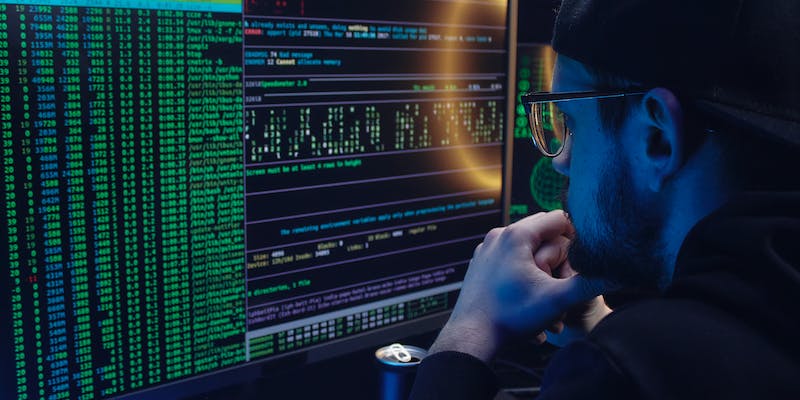In the realm of cyber espionage, a suspected North Korean threat actor known as ScarCruft has recently emerged. They are focusing their efforts on targeting journalists and security professionals who closely monitor North Korea. This article delves into the tactics employed by ScarCruft, exploring their modus operandi, objectives, and potential collaborations with other threat actors.
Overview of ScarCruft’s Activities
ScarCruft, also known by its aliases InkySquid, is a cyber espionage group believed to be operating on behalf of the North Korean government. This group possesses advanced technical capabilities and has gained notoriety for its sophisticated and targeted attacks against specific individuals and organizations.
Pretence of Intelligence Offer
ScarCruft adopts an intriguing strategy by masquerading as a reliable source of intelligence on a rival North Korean threat actor. This ruse allows ScarCruft to establish trust with potential victims who are seeking updated information on North Korean activities.
Embracing new infection chains and decoy tactics
To improve their infiltration techniques, ScarCruft continuously experiments with new malware infection chains. Moreover, they employ deceptive tactics, using technical threat research reports as decoys to lure cybersecurity professionals into their traps.
Objectives of ScarCruft
ScarCruft’s primary objective is to acquire strategic intelligence, gaining insights not publicly available, about cyber threat intelligence and defense strategies. Their actions demonstrate a targeted effort to understand and undermine the international community’s perception of North Korea’s cyber capabilities.
Collaboration with Kimsuky
There are suspicions of collaboration between ScarCruft and another suspected North Korean threat group, Kimsuky. Evidence suggests infrastructure and tool sharing, including command and control servers, potentially indicating a mutually beneficial relationship or coordination between the two groups.
Risks Faced by Researchers and Journalists
It is crucial for researchers and journalists to exercise caution when approached with seemingly useful information related to ScarCruft or Kimsuky. Once targeted, they could inadvertently become victims themselves, falling prey to the groups’ sophisticated tactics.
Target Audience and Organizations
ScarCruft primarily focuses its efforts on consumers of technical threat intelligence reports, including threat researchers and cybersecurity policy organizations. Their intent is to exploit these targeted individuals who possess in-depth knowledge and influence in the cybersecurity domain.
Phishing tactics employed by ScarCruft
ScarCruft uses phishing emails with an air of authenticity, often claiming to be from reputable organizations such as the “North Korea Research Institute.” This classic social engineering technique aims to convince recipients to disclose sensitive information or unknowingly download malware.
Primary objectives of ScarCruft
ScarCruft’s activities underscore their determination to gather strategic intelligence and gain a better understanding of how the international community interprets North Korea’s cyber developments. By infiltrating the networks of researchers and policymakers, they seek to manipulate narratives and create an advantage for the North Korean regime.
The rise of ScarCruft as a suspected North Korean cyber espionage group poses significant risks to journalists, security professionals, and organizations monitoring North Korean activities. Vigilance, skepticism, and robust cybersecurity measures are imperative when engaging with any suspicious or unsolicited information. By being proactive in combating these threats, we can protect ourselves and the integrity of vital cyber threat intelligence.

